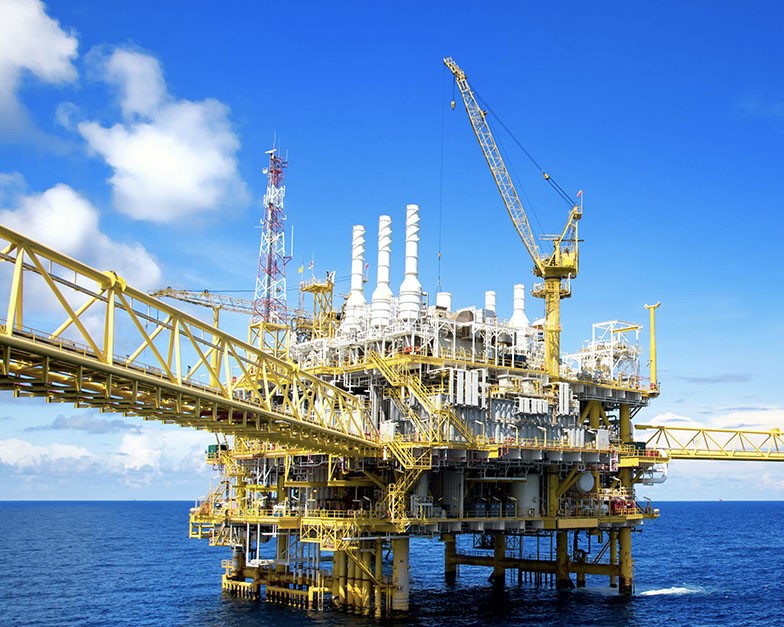According to S&P Global Ratings, the significant increase in investments planned by Oil and Natural Gas Corporation (ONGC) is likely to decelerate the state-owned company’s deleveraging process over the next 12 to 24 months. This development could erode the headroom for ONGC’s ‘bbb+’ stand-alone credit profile.
In its assessment of ONGC’s financial results for the fiscal year ending March 31, 2024, S&P stated that despite a 2-3% decline in the company’s domestic oil and gas production volumes and lower realisations, the company’s EBITDA (Earnings Before Interest, Taxes, Depreciation, and Amortisation) grew to INR 1.1 lakh crore from INR 93,600 crore in the previous fiscal year.
S&P attributed this EBITDA growth to the robust performance of ONGC’s downstream subsidiaries, Mangalore Refinery and Petrochemicals Ltd (MRPL) and Hindustan Petroleum Corp Ltd (HPCL), which together contributed approximately 30% of the group’s EBITDA during the year. The rating agency forecasts ONGC’s EBITDA to remain around USD 1 lakh crore over the fiscal years 2025 and 2026.
ONGC’s integrated operations are expected to support earnings resilience. The company’s production volumes are anticipated to gradually rise during fiscal years 2025 (April 2024 to March 2025) and 2026 as it ramps up oil and gas production from its block in the Krishna Godavari (KG) basin in India. Additionally, S&P expects output from the group’s international assets, held through ONGC Videsh Ltd (OVL), to grow by 2-5% during this period.
The higher output should mitigate the impact of moderating oil prices, based on S&P Global Ratings’ Brent crude oil price assumption of USD 85 per barrel for the rest of 2024 and $80 per barrel for 2025 and 2026. The rating agency’s base case also assumes the average realisation of the company’s domestic gas production will be USD 9.5 per metric million British thermal unit (mmBtu) for the next two years, considering the mix of output from nomination fields and difficult acreages, as well as India’s administered gas price formula.
S&P forecasts ONGC’s annual capital expenditure to increase to INR 57,000-58,000 crore annually over the next 12-24 months, up from about INR 52,000 crore in fiscal 2024 (April 2023 to March 2024). Of this, the company is likely to spend INR 33,000-35,000 crore annually to primarily address declining output from its matured fields in India, while the remaining amount will be invested in its downstream subsidiaries, MRPL and HPCL, to enhance refining and petrochemical capacities.
According to S&P, ONGC’s planned capital investments are likely to consume approximately 60% of the company’s operating cash flow. Combined with ONGC’s stated financial policy on shareholder distributions, this will leave limited headroom for the company to undertake sizable additional investments.
S&P expects ONGC’s ratio of funds from operations (FFO) to debt to remain at 45-55% in fiscals 2025 and 2026, compared to around 55% in fiscal 2024, assuming the acquisition of ONGC Petro additions Ltd (OPaL) will be completed in fiscal 2025. This leaves limited headroom to S&P’s downside trigger of 40% FFO-to-debt for the ‘bbb+’ rating.



